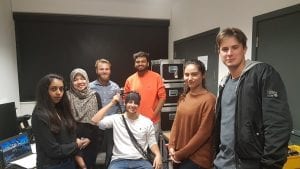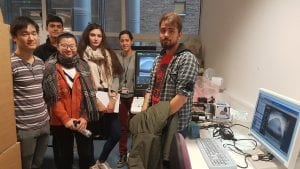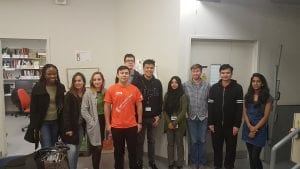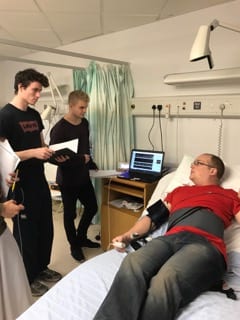What cancer diagnostic system is best for rural China?
By rmaptst, on 23 December 2016
By Terence Leung
This was the challenge we set for our 1st year biomedical engineering students over the first five weeks of the first term. Welcome to the ENGS101P Engineering Challenge! They were given a (hypothetical) budget of 5 million yuan (~£583K) to design a cancer diagnostic system for the rural area of Yunnan, a mountainous region in China with annual disposable income only a third of those living in the urban areas.
To help them decide, we gave them a talk on the cancer crisis in China, and two introductory lectures on breast and prostate cancer therapy and imaging. We also organised visits to five research labs at UCL, including X-ray Imaging Lab, Photoacoustic Imaging Lab, Diffuse Optical Imaging Lab, Ultrasound Imaging Lab at the Centre for Medical Image Computing, and Magnetic Resonance Imaging Lab at the Centre for Advanced Biomedical Imaging.
You can see what solutions they came up with in these Youtube videos.
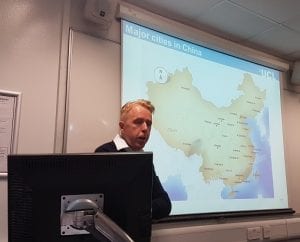
Professor Gary Royle (UCL Professor of Medical Radiation Physics and Visiting Professor of Tsinghua University) talked about cancer crisis in China
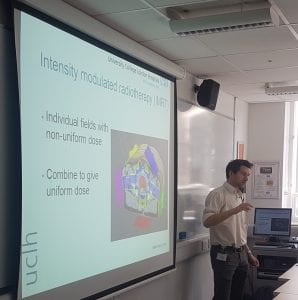
Dr Paul Doolan, a radiotherapy and proton physicist at University College London Hospital, gave an introduction to breast and prostate cancer therapy
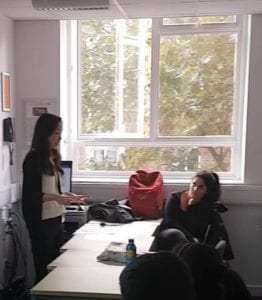
Miss Savanna Chung, a practising radiotherapist and PhD student in radiotherapy, gave an introduction to breast and prostate cancer imaging
 Close
Close



